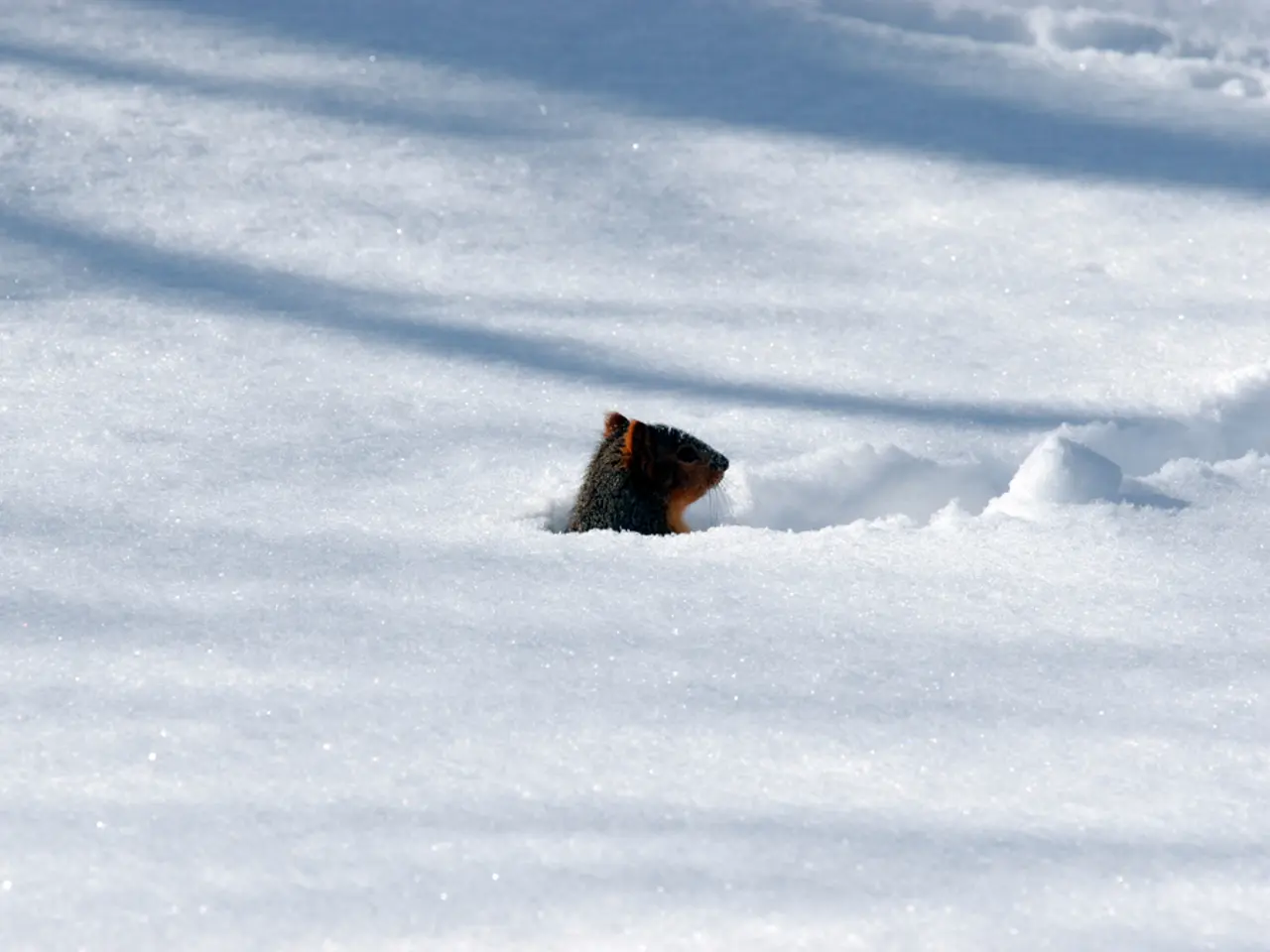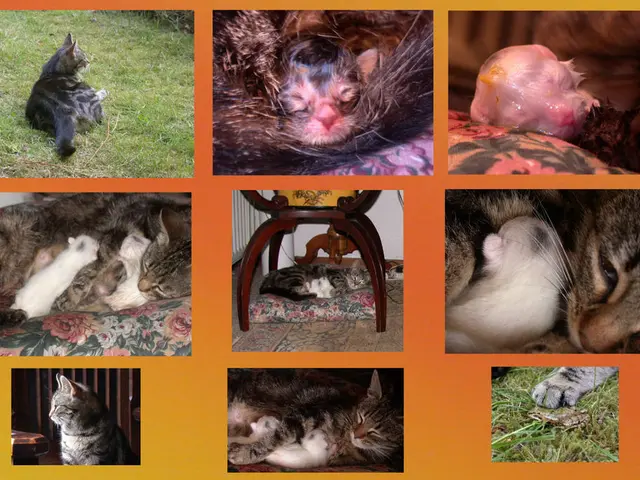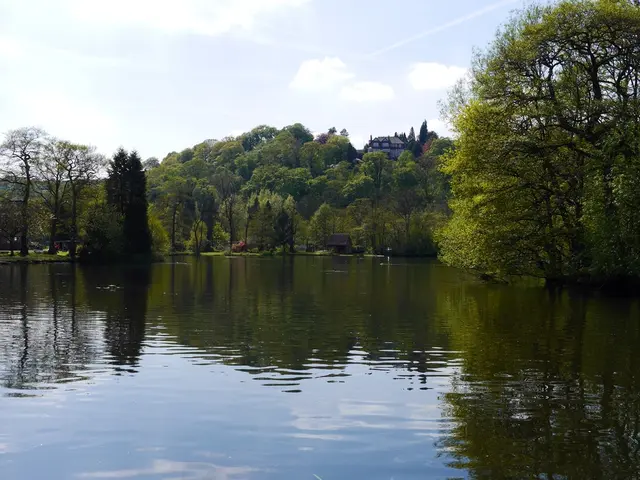Consuming Snow: Is It Harmless or Harmful?
In the frosty heart of winter, the temptation to taste a fluffy snowflake can be hard to resist. But before you take a bite, it's essential to understand that snow isn't just pure, frozen water. It collects bits of dust, pollen, and small chemical contaminants as it forms and falls.
While eating snow in small amounts, as long as it is undisturbed, pristine white, and from the top layer, is generally safe, there are important caveats to consider.
Firstly, quantity matters. Consuming large amounts of snow can significantly lower your body temperature, increasing the risk of hypothermia due to the chilling effect. This risk is particularly high in survival situations or extreme cold.
Secondly, location and purity play a significant role. Snow in urban areas or near roads is likely contaminated with pollutants such as benzene, toluene, and other harmful chemicals from vehicle exhaust and environmental pollution. Eating such snow is not advisable.
Thirdly, snow may contain microbial contaminants. While these bacteria are commonly airborne and humans encounter them regularly, there is no absolute confirmation that snowborne bacteria are completely safe to ingest. However, eating small amounts of clean, freshly fallen snow is unlikely to cause harm.
Moreover, snow may contain salt, antifreeze, or other chemicals from de-icing and environmental runoff, posing health risks. This applies to both humans and pets, so caution is advised.
Max Huddleston, a certified physician assistant, advises being extra vigilant about where the snow comes from, especially in urban areas due to the risk of oil or gas contamination. He also advises against eating snow that has been disturbed (shoveled, plowed, or walked on) for the same reason.
Discolored snow (yellow or black) should be avoided because it may contain substances like urine or other contaminants. The first layer of snow or the first few hours of snowfall contain more toxins than snow that falls later. Only pristine white snow should be consumed.
In summary, eating small amounts of clean, freshly fallen snow in remote or natural areas is generally safe. However, it's important to avoid eating snow from urban, industrial, or heavily trafficked locations due to chemical pollution. Do not consume large quantities of snow to prevent hypothermia risk. Always be cautious of potential microbial or chemical contaminants.
So, while eating snow can be a fun wintertime activity, it's important to be aware of your surroundings and the quality of the snow. The safety of snow for consumption may depend on where one lives, with big cities generally having higher levels of contaminants. Rural areas tend to have cleaner air compared to big cities.
[1] National Aeronautics and Space Administration (NASA). (2018). Why Is Snow White? Retrieved from https://www.nasa.gov/feature/why-is-snow-white
[2] Centers for Disease Control and Prevention (CDC). (2019). Eating Snow: What You Should Know. Retrieved from https://www.cdc.gov/healthywater/drinking/public/eating-snow.html
[3] Mayo Clinic. (2020). Hypothermia. Retrieved from https://www.mayoclinic.org/diseases-conditions/hypothermia/symptoms-causes/syc-20351538
[4] Environmental Protection Agency (EPA). (2021). De-icing and Anti-Icing. Retrieved from https://www.epa.gov/road-salts/de-icing-and-anti-icing
[5] American Veterinary Medical Association (AVMA). (2020). Winter Pet Safety. Retrieved from https://www.avma.org/resources/pet-owners/petcare/winter-pet-safety
- Maintaining a balanced and nutritious lifestyle during winter could include avoiding consuming snow, as it might contain harmful pollutants and microbial contaminants, especially from urban areas.
- In the realm of health-and-wellness and food-and-drink, it is crucial to be mindful of what we consume, even during a fun wintertime activity like eating snow, given the potential risks of chemical contaminants and hypothermia.
- Beyond the immediate consideration of staying warm in winter, one must also be aware of the quality of food and drink, as snow might not be the pure, frozen water it seems, and could potentially pose health risks due to its impurities.




